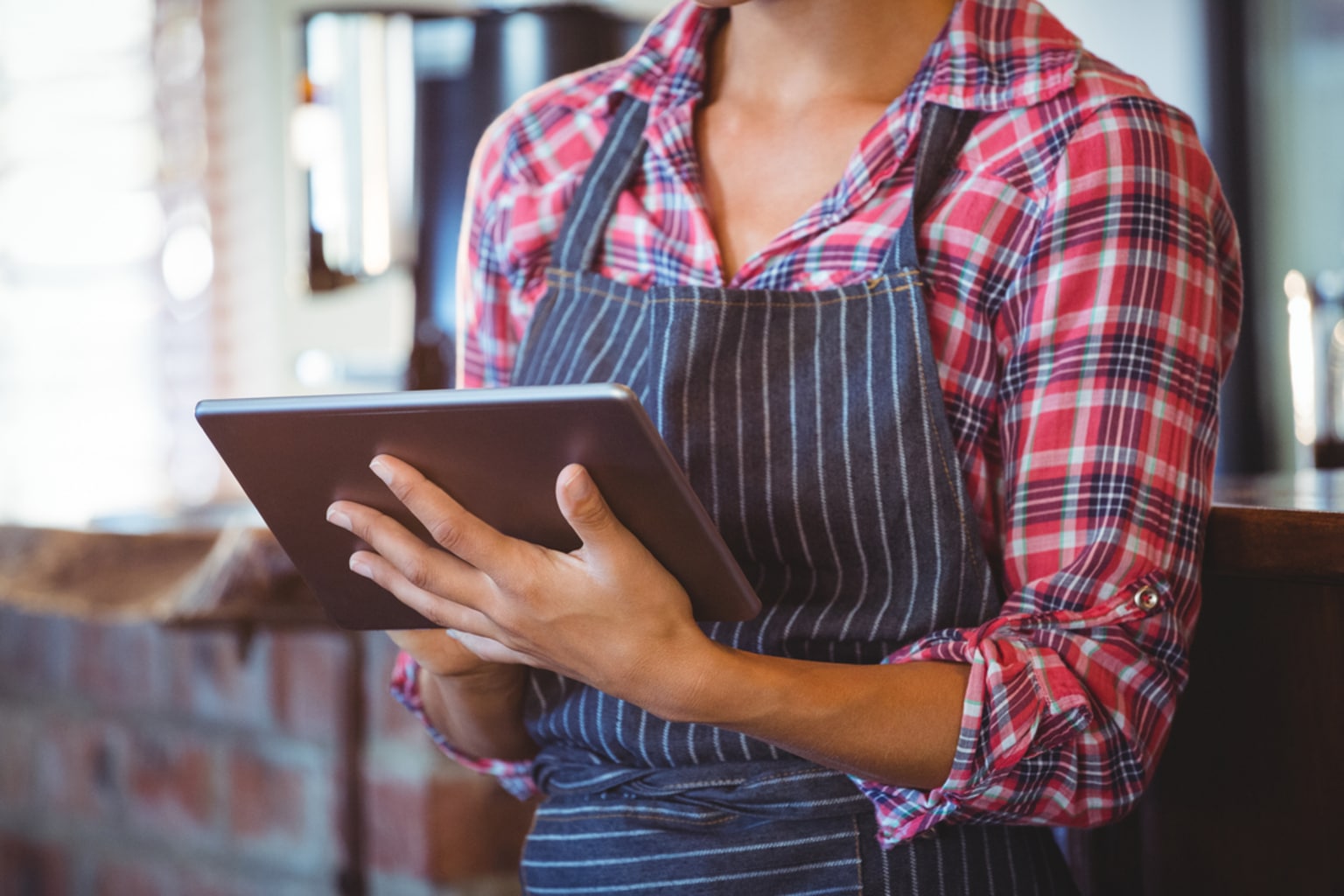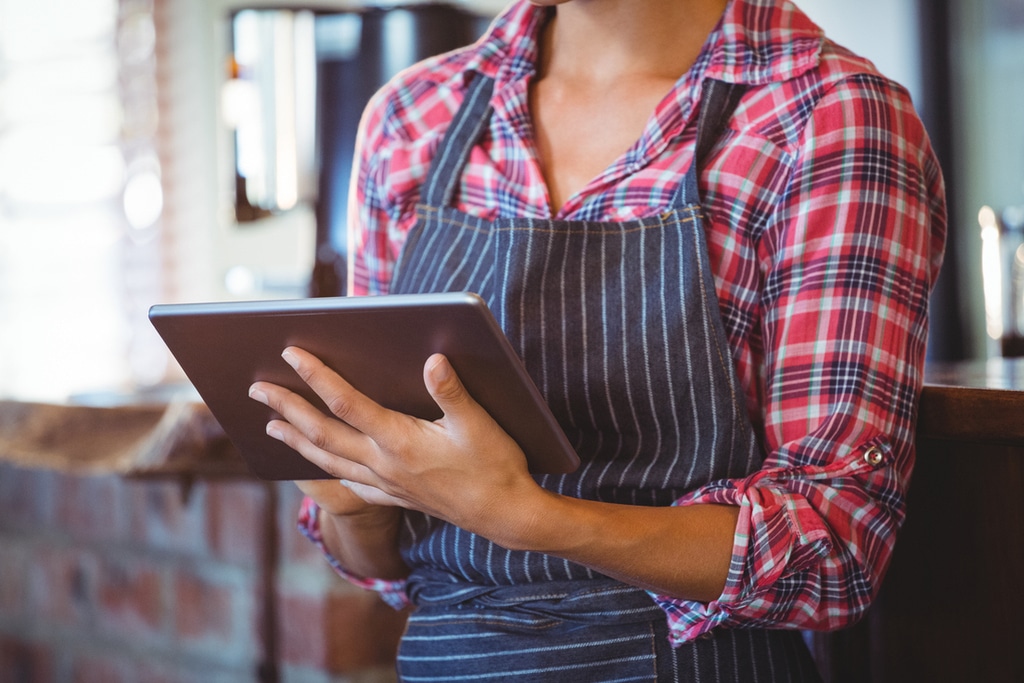
Choosing a point-of-sale (POS) system is one of the most important business decisions your restaurant can make. When you choose the right system with the best restaurant POS integrations, you can reduce paperwork, provide better control of your operations, and increase the profitability of your restaurant.
The right restaurant POS and app integrations can provide a powerful platform to boost sales and streamline operations. A solid foundation can be built with the right restaurant POS system for all your information requirements and application needs, so you can focus on growing your business.
Related: Restaurant POS Systems: The Comparative Buyer’s Guide
What Is a Restaurant POS Integration?
A restaurant POS integration adds additional features to your point-of-sale system. It builds a connection between your restaurant’s operations and your POS software so you can run additional features and functions that help you manage and monitor your business.
Some examples of restaurant POS integrations include:
- OpenTable
- BentoBox
- Ordamo
- CheddrSuite
- MarketMan
- Resy
- Cardfree
- App8
The more robust a POS is and the more it can integrate other software, the more efficient your operation can become. With restaurant POS integrations, you will see improvements for customers, front of the house, the kitchen, and management. You’ll be able to review hard data and easily run reports to understand the good, bad, and ugly of your restaurant. Modules and software can add hospitality efficiencies, mobile/online ordering, loyalty programs, and inventory management.
So what restaurant POS integrations do you need?
Related: How To Choose Your Perfect POS System
What Restaurant POS Integrations Do You Need?
Here are a few types of restaurant POS integrations that can help you create efficiencies, save time and money, and grow your business.
Loyalty
Attract more regular customers through a loyalty app that integrates with your POS. Loyalty applications allow your customers to either accrue rewards points or receive a percentage off each time they make a purchase at your location. These apps provide a great incentive for your customers to regularly choose your restaurant while appealing to the younger generation that loves to download and use apps.
Additionally, robust loyalty app programming can provide automatic messaging and time-constrained messages for specials and provide ways to program them into the apps.
Discovery
Apps like Yelp, Zagat and TripAdvisor help hungry consumers find their next meal. Many young restaurant goers use these apps when they travel, or to find the best spots where they live. Drive customers to your location by ensuring that your location is highly ranked on mobile restaurant apps. Advertise these apps at your location and encourage your customers to post reviews and photos.
Ordering
Online ordering apps are a convenient way for your customers to place a pickup or delivery order from their phone or tablet. Online ordering apps can be set up either through a point-of-sale system or as a stand-alone self-ordering kiosk and can make it easier to purchase food and products.
Related: Be More Efficient with Self-Ordering Restaurant Technology
Staffing and Human Resources
Apps are now available that allow potential staff to apply, onboard, and have a virtual timecard. The world of human resources is no longer laden with paper; even tracking the I-9, tax forms, and benefits can be completed in these robust apps. Your POS may not fully integrate with all aspects of HR; however, reports from the apps can be imported into your POS (and vice versa). The newest apps will integrate timekeeping and payroll processes as well.
Scheduling
It’s no secret that the restaurant industry is a revolving door for employment. Nothing is more frustrating than mapping out an employee schedule week after week, only to find a server is on the brink of overtime or has requested time off. No matter how seasoned you are with schedules, mistakes happen. Eliminate scheduling errors and increase productivity with integrations that log time-off requests, track overtime hours and allow employees to swap shifts with ease. Eliminating scheduling conflicts lets your restaurant stay properly staffed without hassle, which allows for more time to focus on quality customer service.
Loss Prevention
Unnecessary comps, free drinks, and lazy inventory may seem like small losses at the beginning, but these mismanaged errors can add up to and cost your business substantial revenue in the long run. Unfortunately, most of the loss occurs either from employee error or theft. Fortunately, with an integrated tracking system, this can be prevented.
With secure POS accounting software such as QuickBooks that report revenue costs, losses and profits in real time, tedious reporting methods are eliminated. Instead, these cloud-based functions manage inventory changes, cash register balances and transactions as they happen. By implementing a POS system with integrated loss prevention and security features, inventory management stays precise, employee morale is increased, and your business can continue to be profitable.
Remote Management
By ditching their clunky old hardware, any restaurant owner can enhance the aesthetic of their location by using an Android tablet or iPad to place orders and accept payments. Another great benefit to using a POS app is remote management capability. POS apps allow you to view your reports from a cloud-based control panel that is accessible from anywhere you have access to the internet.
Offered by some POS systems, these apps allow restaurant owners to simply log into an optimized mobile application to monitor sales at their location. Mobile reporting apps are ideal for restaurant owners with multiple locations. These apps can give an overview of what’s going on at each location while on-the-go, including directly from a mobile device into accounting software can save time that would otherwise be spent manually moving that data while allowing you to reach more customers than ever before.
Reservations & Table Management
For busy restaurants with waiting lists and numerous tables, a POS restaurant integration critical to optimizing customer service includes reservation and table management integration. Reservation apps allow customers to reserve, update, and cancel without taking any of your staff’s time. Automatic table management and tracking can assist in order timing, proper seating timing, and kitchen workloads. Likewise, this helps with the ability of your staff to provide better customer service.
Specialized Marketing
Geo-fencing (limiting to a specific area) of marketing items, like today’s specials, are easily integrated between a POS and a loyalty app. The loyalty app itself can be customized to send out special messages to customers within the geo-fence, or outside the geo-fence. For example, if a customer is at another shop near your restaurant and receives a message about a special, they may be more likely to stop by for that afternoon’s cup of coffee and snack.
With an integrated menu management app, you can create personalized icons that can be color-coded based on important health concerns, such as allergies, diabetes, high-sodium or low-calorie options. Icons that quickly identify and categorize allow employees to communicate better with patrons regarding menu item ingredients.
The interface also enables administrators to store notes pertaining to dishes, such as recipes and substitutions, which is helpful for simplifying service. An open API puts you in charge, so you can boost business without having to wait for updates from your software provider.
Get Must-Have Restaurant POS Integrations
Now that you are aware of the vast amount of POS restaurant integration potential, start with your POS provider. Many apps mentioned above are sometimes separate modules of a POS and just need to be added to the existing POS service contract. Discover what potential is waiting for your business, and over time, build upon that addition as your budget allows.
If you’re not sure where to start, tackle apps from the perspective of the aspect of business that is your pain-point. Work with your vendor (or a new vendor) that will take the time to explain the app, the integration, and how best to implement the integration. Be bold and ask about return on investment, and what the best practices are with the apps you decide to integrate.
If you’re looking for a restaurant POS system that is flexible and easily integrates with a variety of apps, explore Lavu. Lavu’s POS offers an open API so you can add almost any integration to make your restaurant run better.
See how Lavu’s #1 Rated Restaurant POS System can work for your business. Download our Beginner’s Guide to POS Systems to get the full details on how our POS can meet your needs and outshine your expectations.


